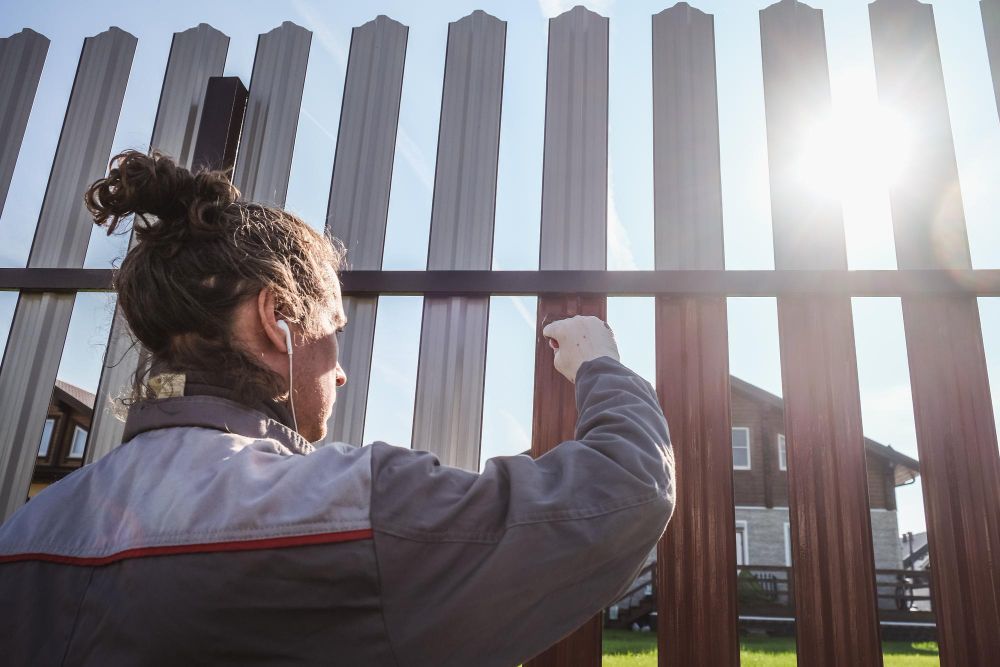
The outdoor landscaping of your home, especially fencing, makes a significant impact on its curb appeal. A quality fence not only enhances your curb appeal and privacy but also offers practical benefits like security, safety, and noise reduction. However, installing a fence is not an easy task. It requires careful consideration of various factors like fence type, local codes, property line, and ground condition. In this blog, we will discuss some of the common challenges in fence installation and how you can overcome them.
The most critical and time-consuming part of fence installation is setting the posts. The process requires digging the holes to the right depth, width, and spacing, and then setting the posts with concrete. The challenge here lies in ensuring that the posts are plumb and straight. One wrong move can impact the entire fence alignment. To tackle this challenge, it's best to use a level and string line to ensure accurate alignment.
Another common challenge in fence installation is an uneven ground. This requires adjustment to the fence panels, rails, and even posts to adapt to the contour of the ground. Uneven ground can also cause the fence to tilt or lean, impacting its structural integrity. To overcome this challenge, it's crucial to measure the ground slope, consider using stepped panels, or trim the fence to the ground contour.
Installing a fence that crosses the property line is not only legally risky but can also lead to neighbor disputes. Determining the property line is not always easy, and relying on the visible markers like fences or hedges can be misleading. A property survey provides accurate information on the property boundary. Suppose you're unsure about your property line. In that case, it's vital to consult with a professional surveyor before installing a fence.
Most municipalities have codes and regulations on fence installation, and failure to comply can lead to costly fines or even legal disputes. These codes cover the height, location, and materials of the fence. Understanding and following the codes can be challenging, especially if you're unfamiliar with them. It's best to consult with a professional fencing contractor who knows the local codes and can recommend the right fence type for your needs.
Chain-link fences are popular for their affordability, durability, and versatility. However, achieving the right tension on the fence can be challenging, especially if the ground is uneven or the fence is too long. A loose chain-link fence can sag or bulge, while a too-tight fence can tear the mesh or damage the railing. To overcome this challenge, it's best to use a tension bar and tension wire to keep the mesh taut.
Installing a fence can be a daunting task, but with the right preparation and knowledge, you can overcome the challenges and achieve a beautiful and functional fence. To ensure a successful fence installation, it's vital to work with a professional fencing contractor who has the expertise, experience, and equipment to handle any fencing challenge. Are you looking for fence contractors in Orlando, FL? Contact Wulff Fence today to request an estimate. We are a team of dedicated and professional fencing contractors with over 30 years of experience in fence installation, repair, and maintenance. Trust us to build a fence that meets your needs, style, and budget.